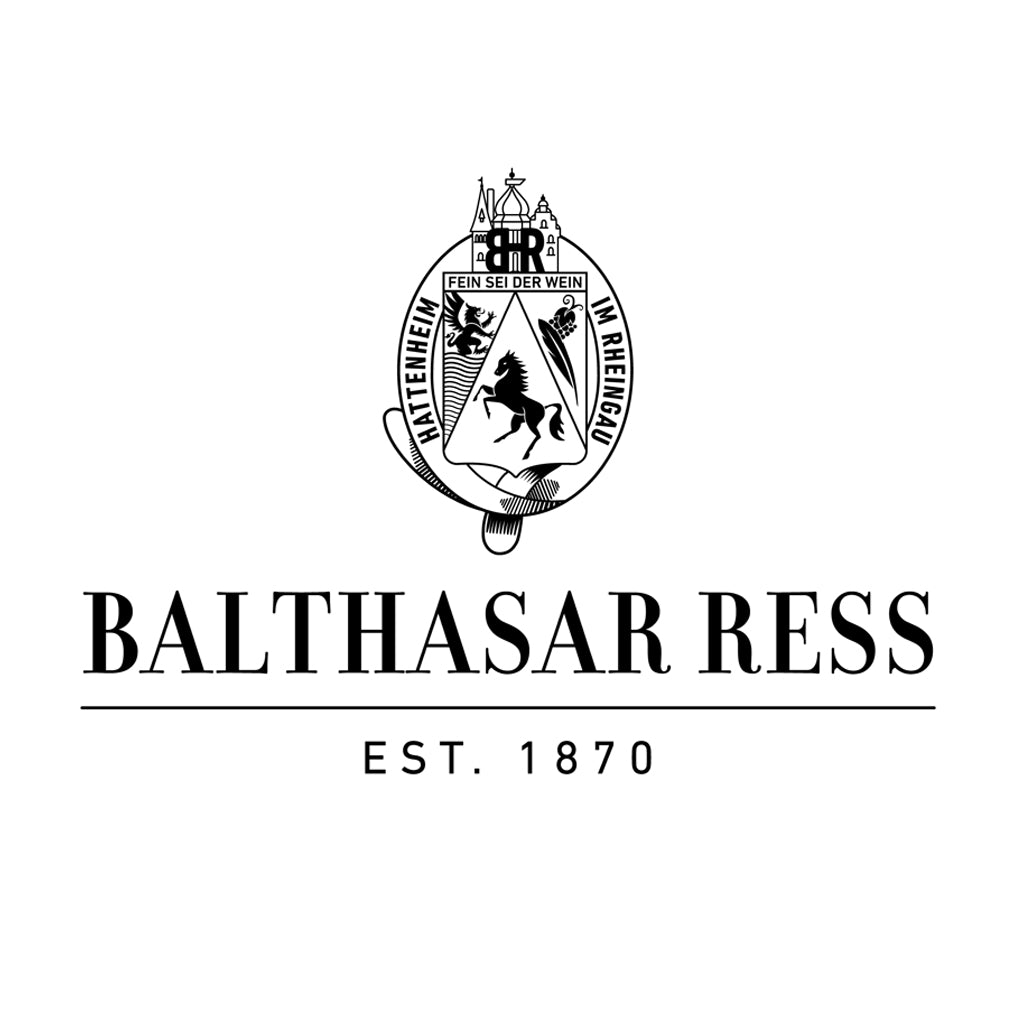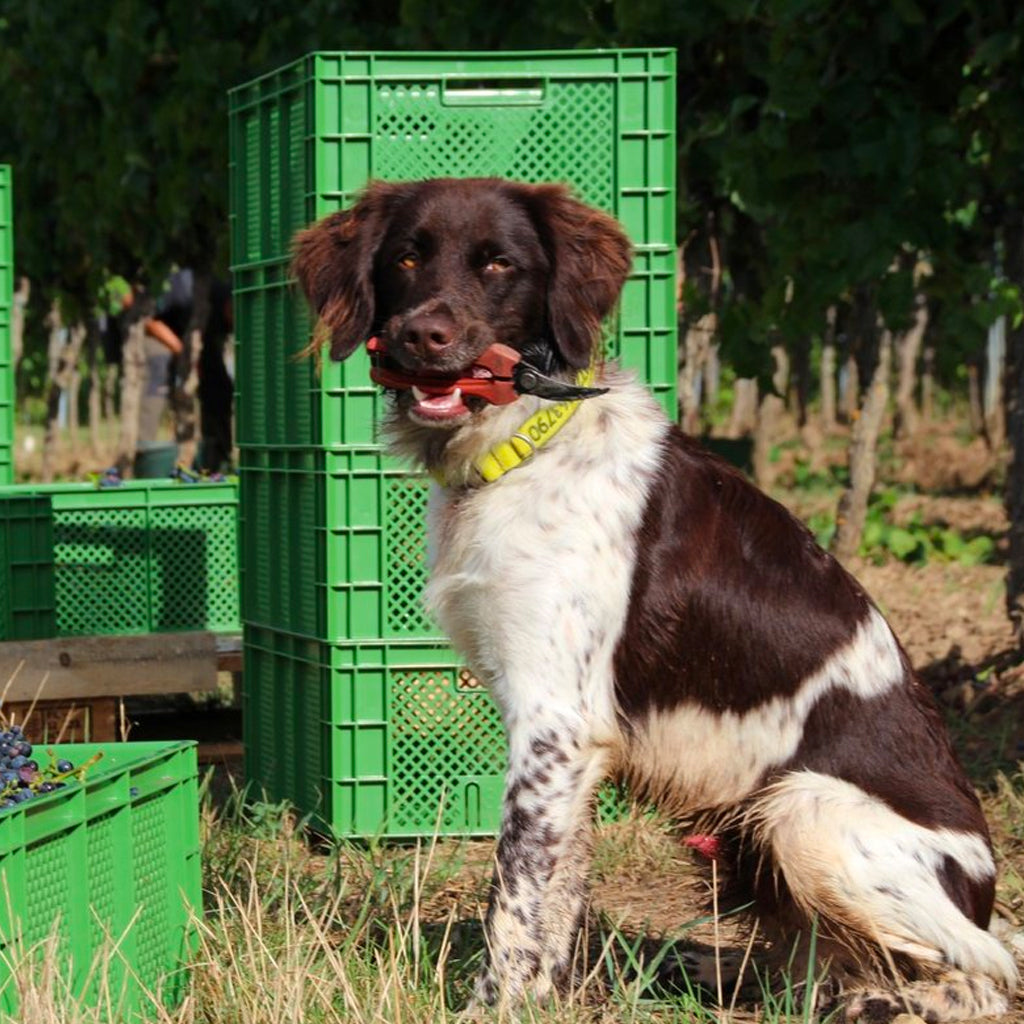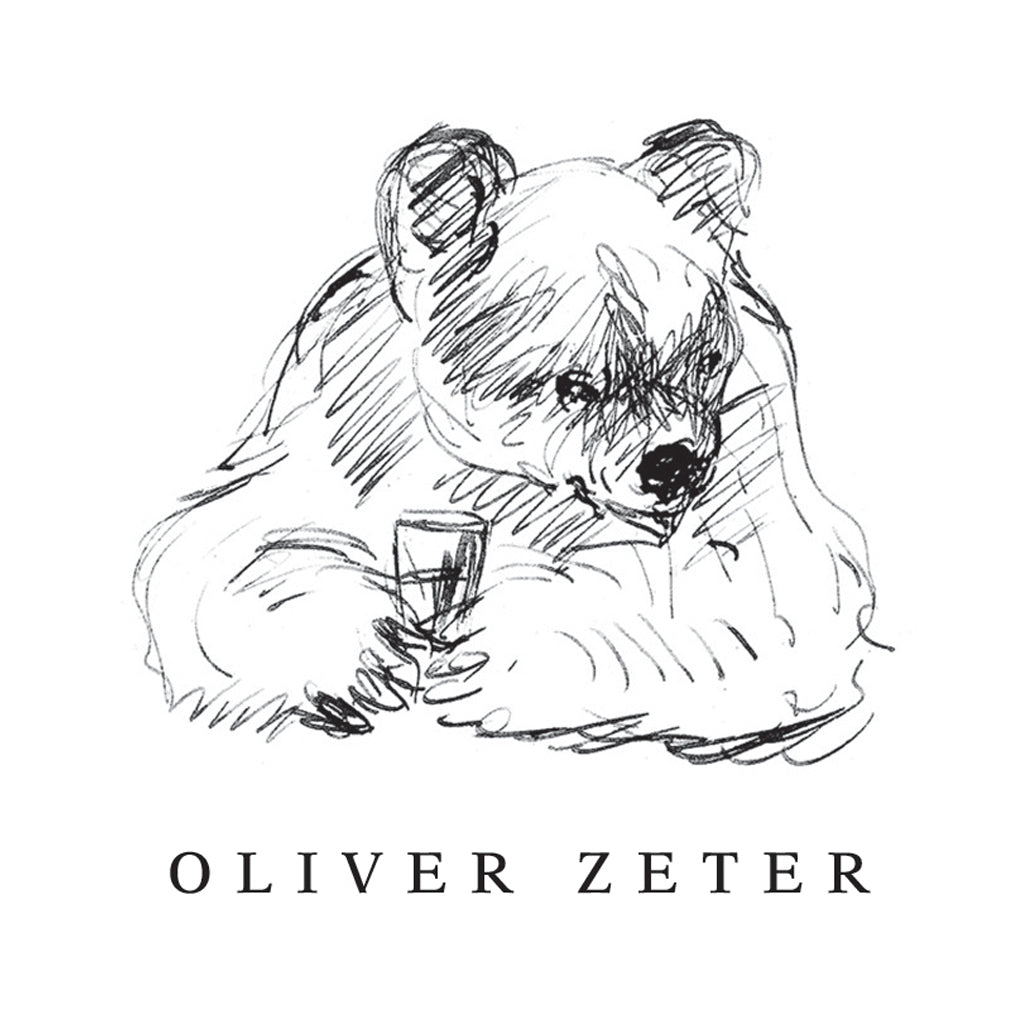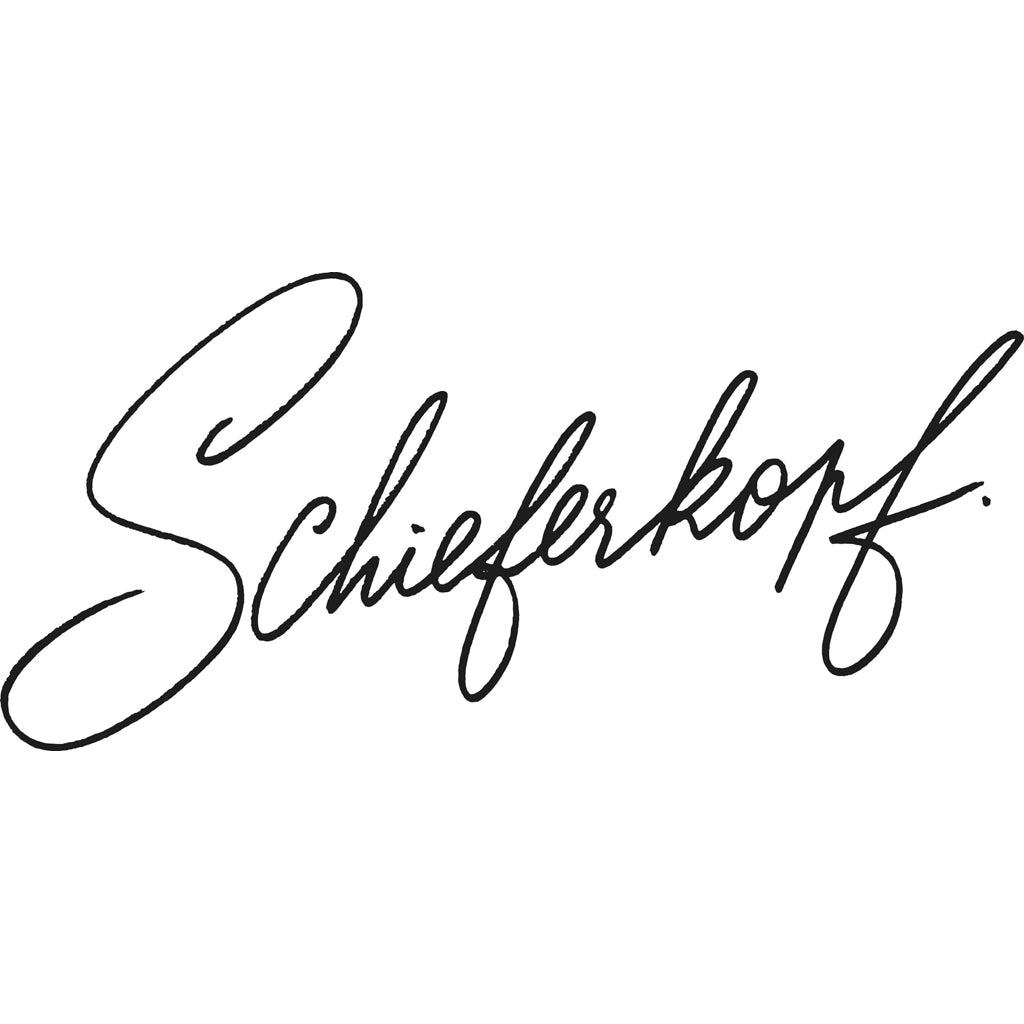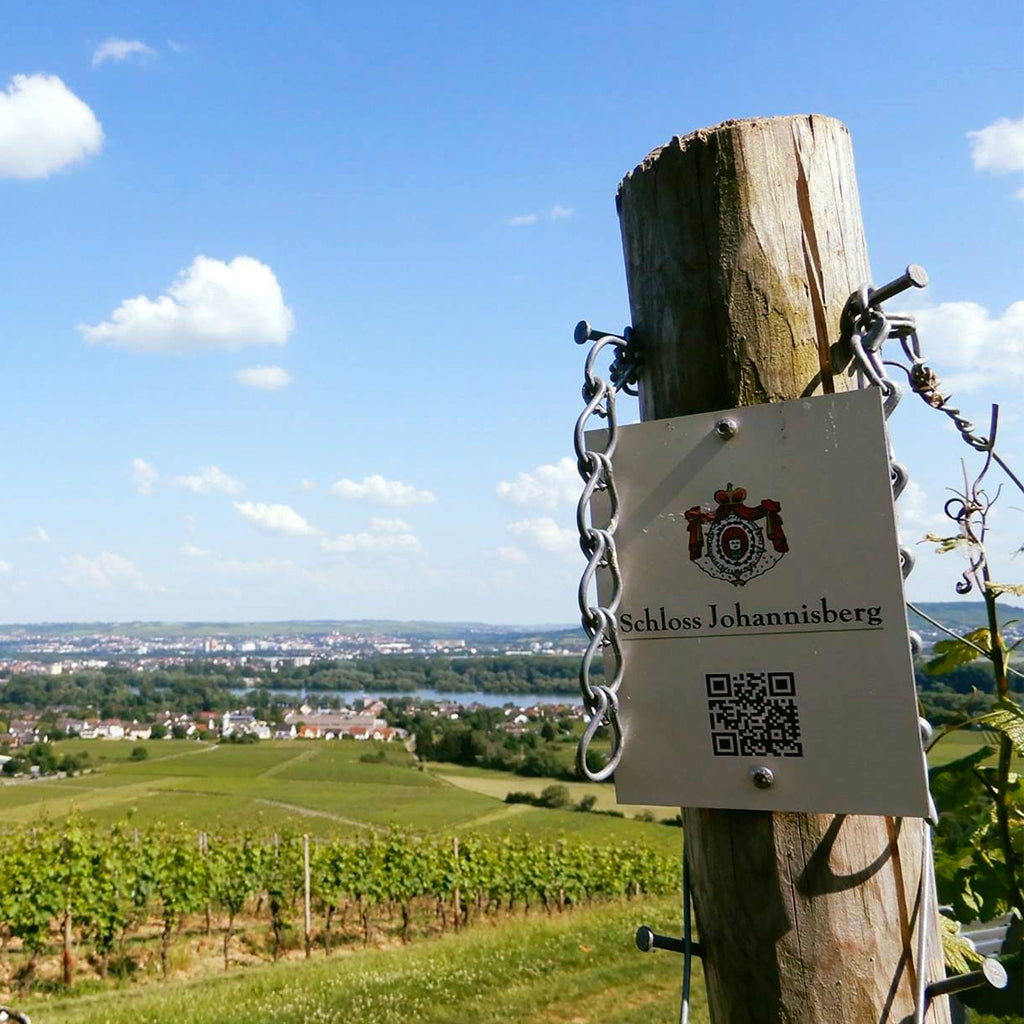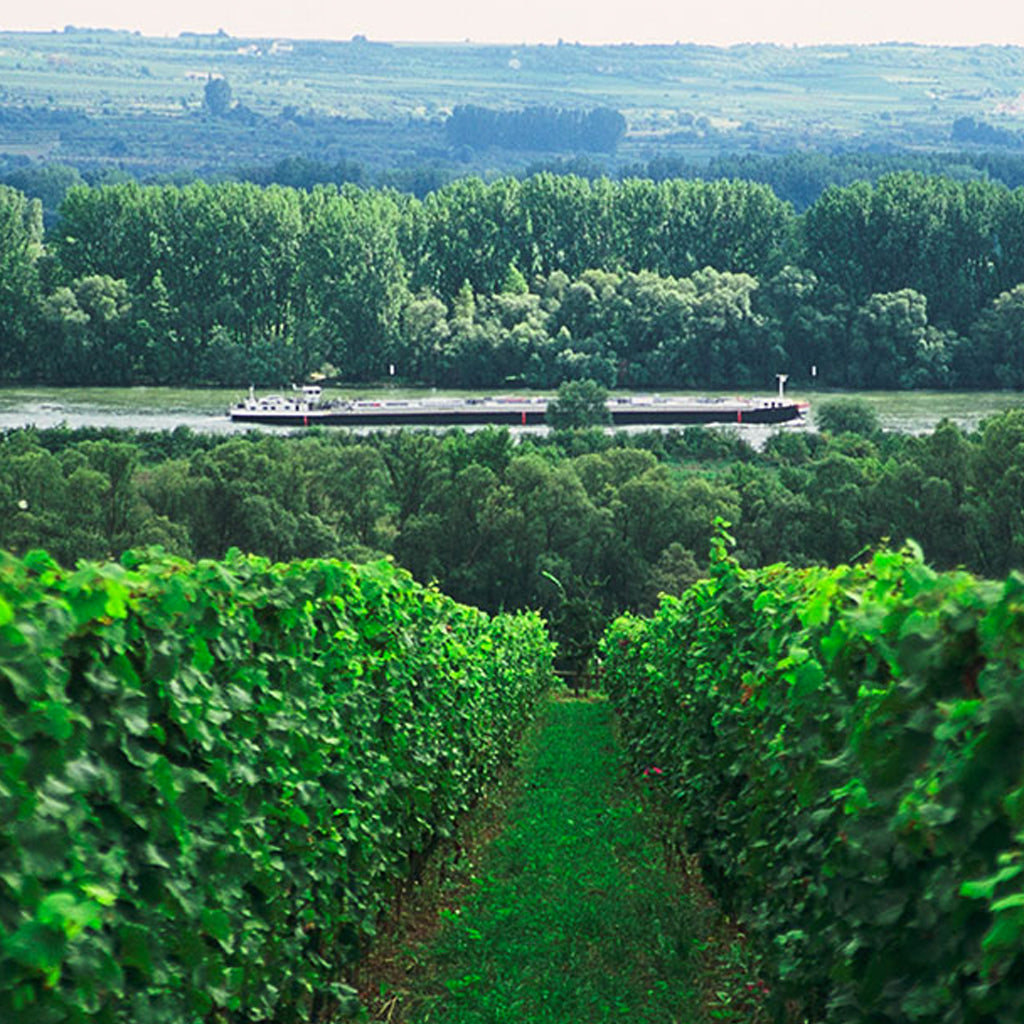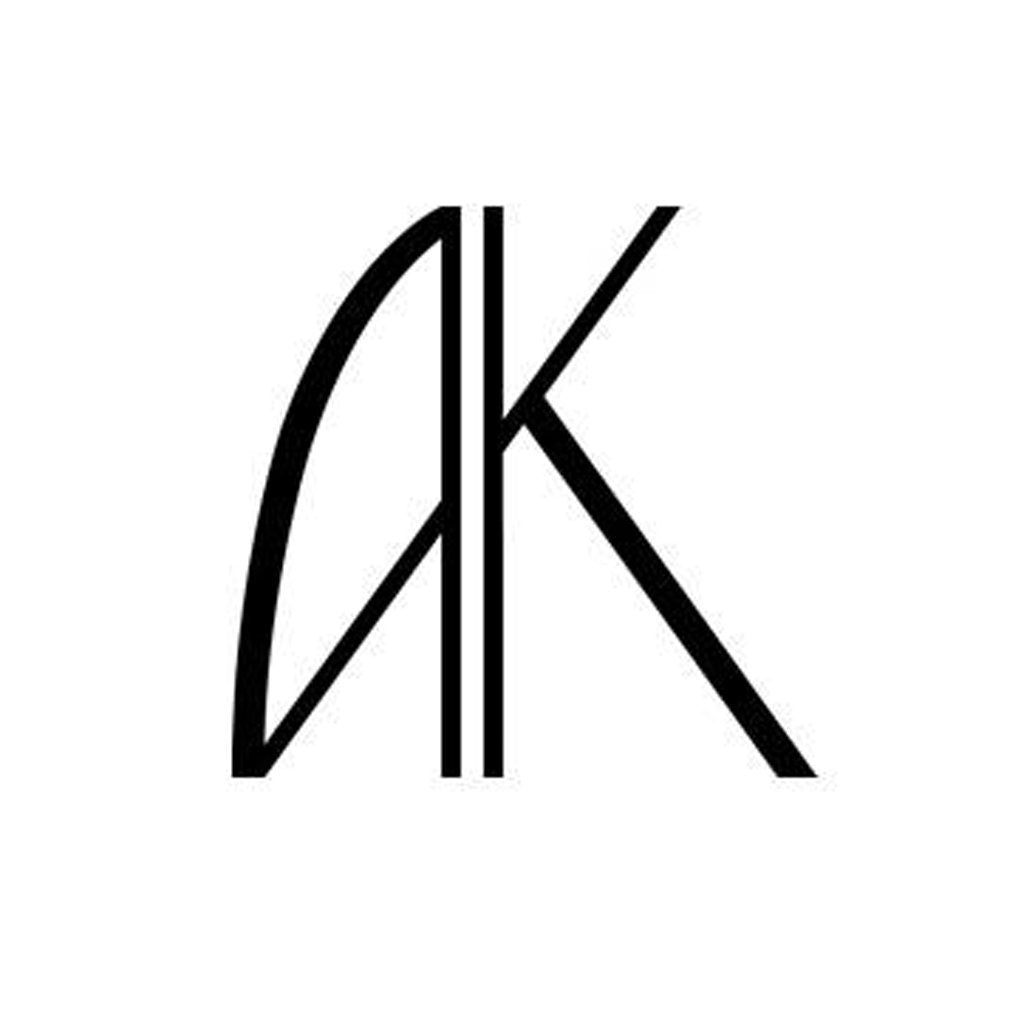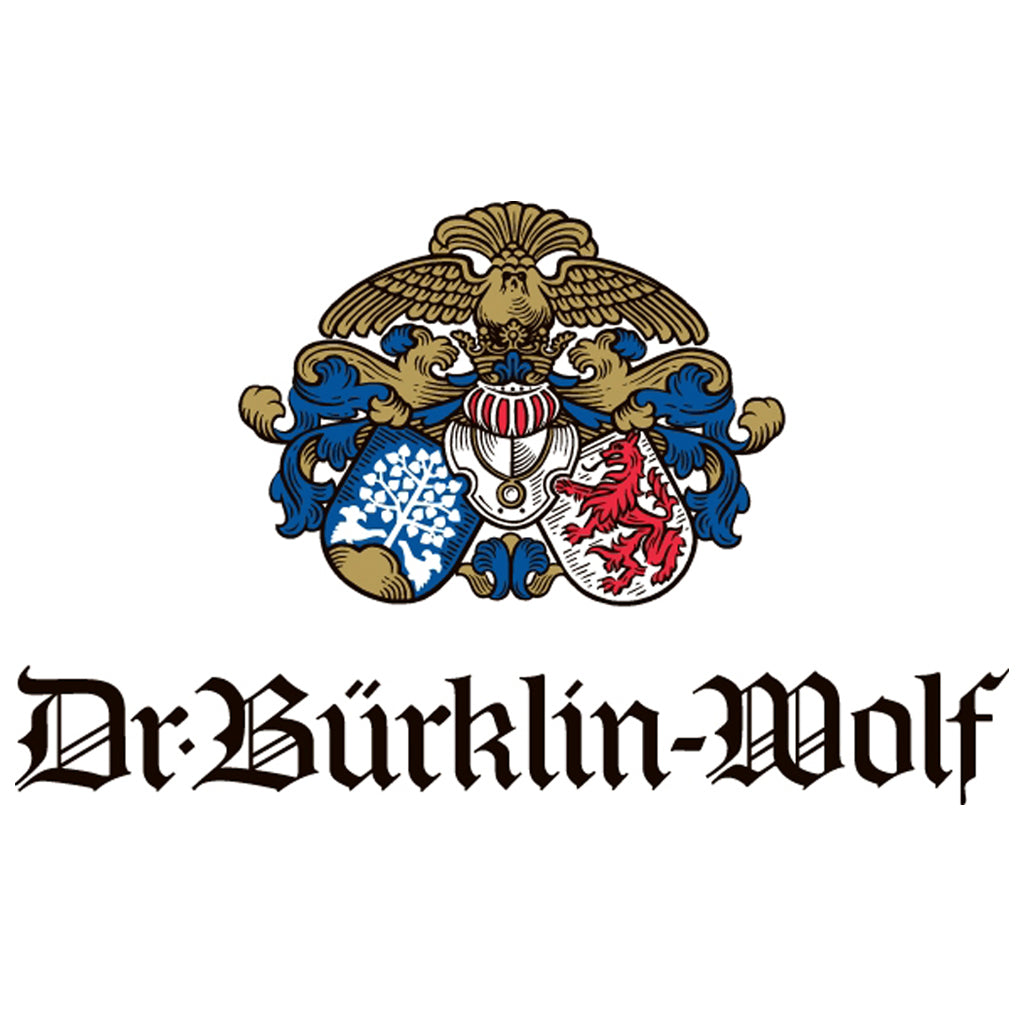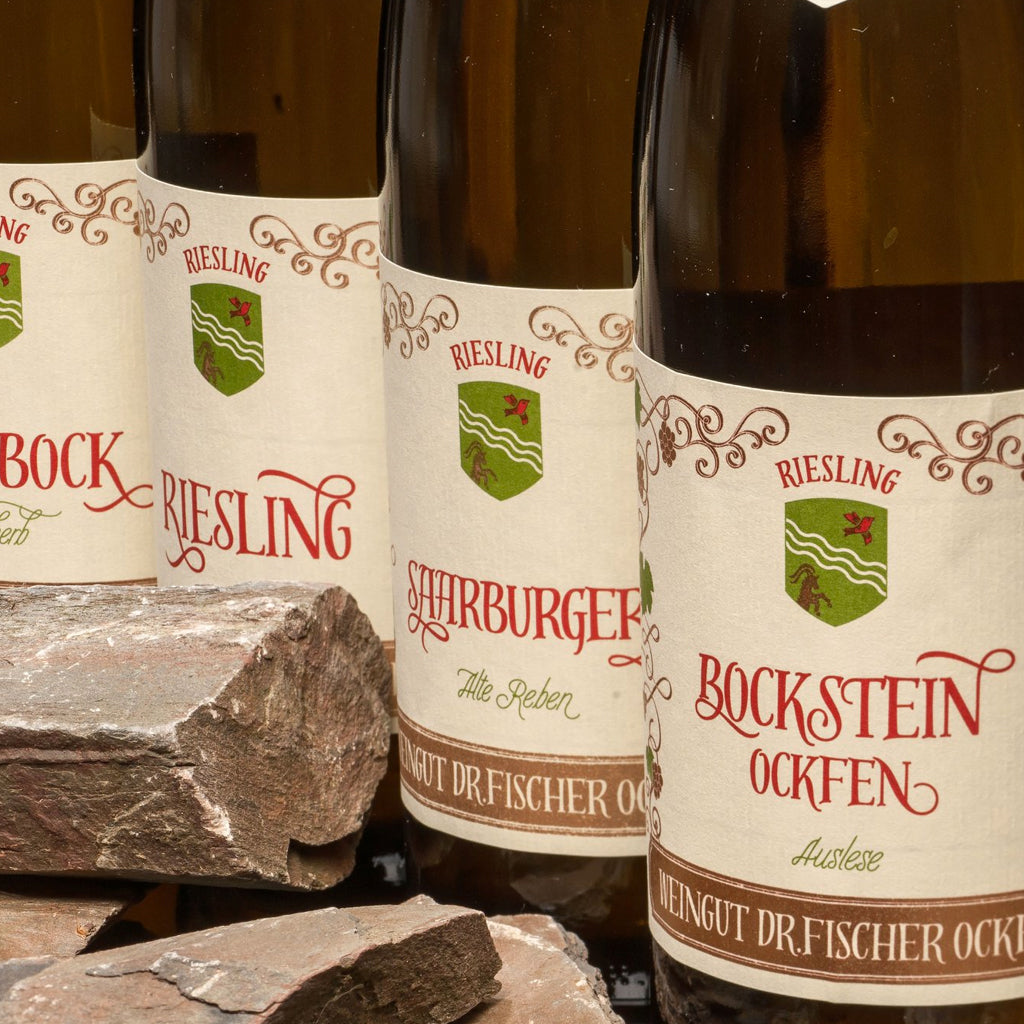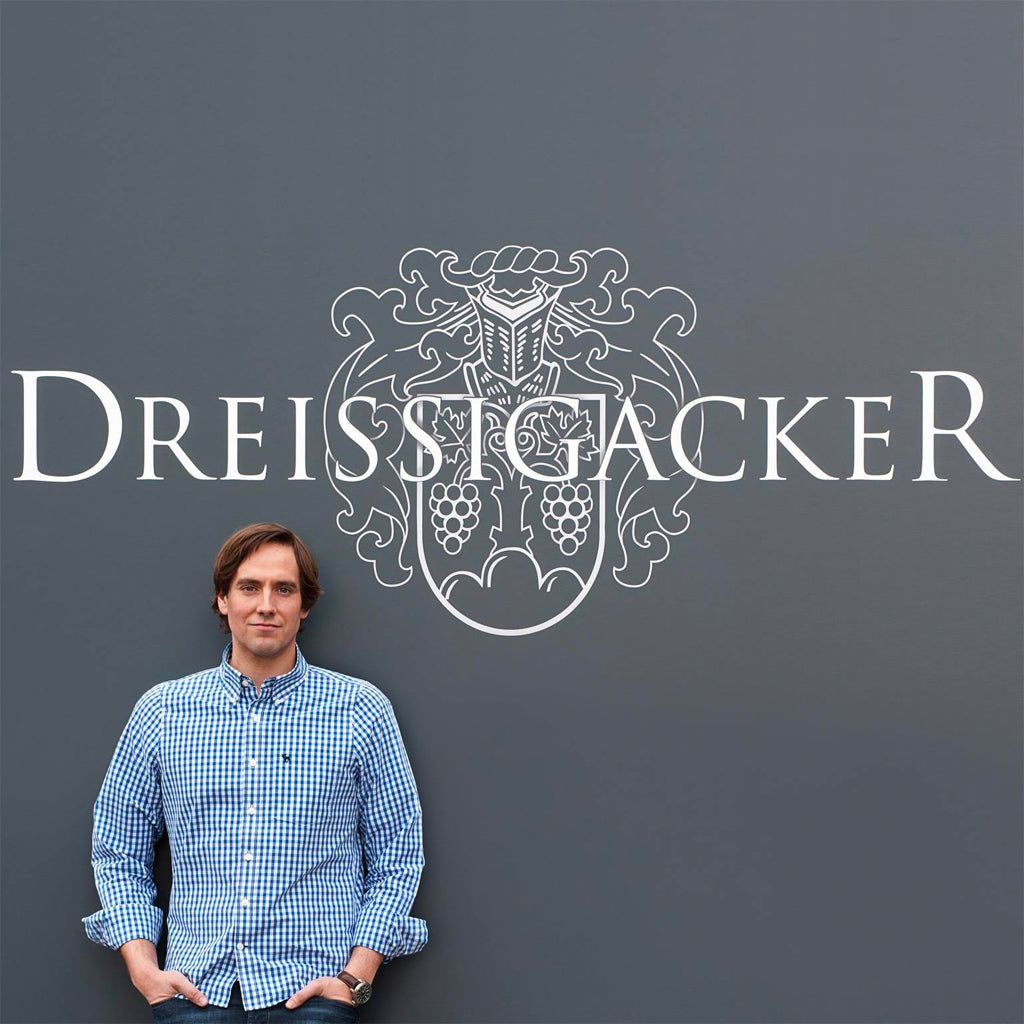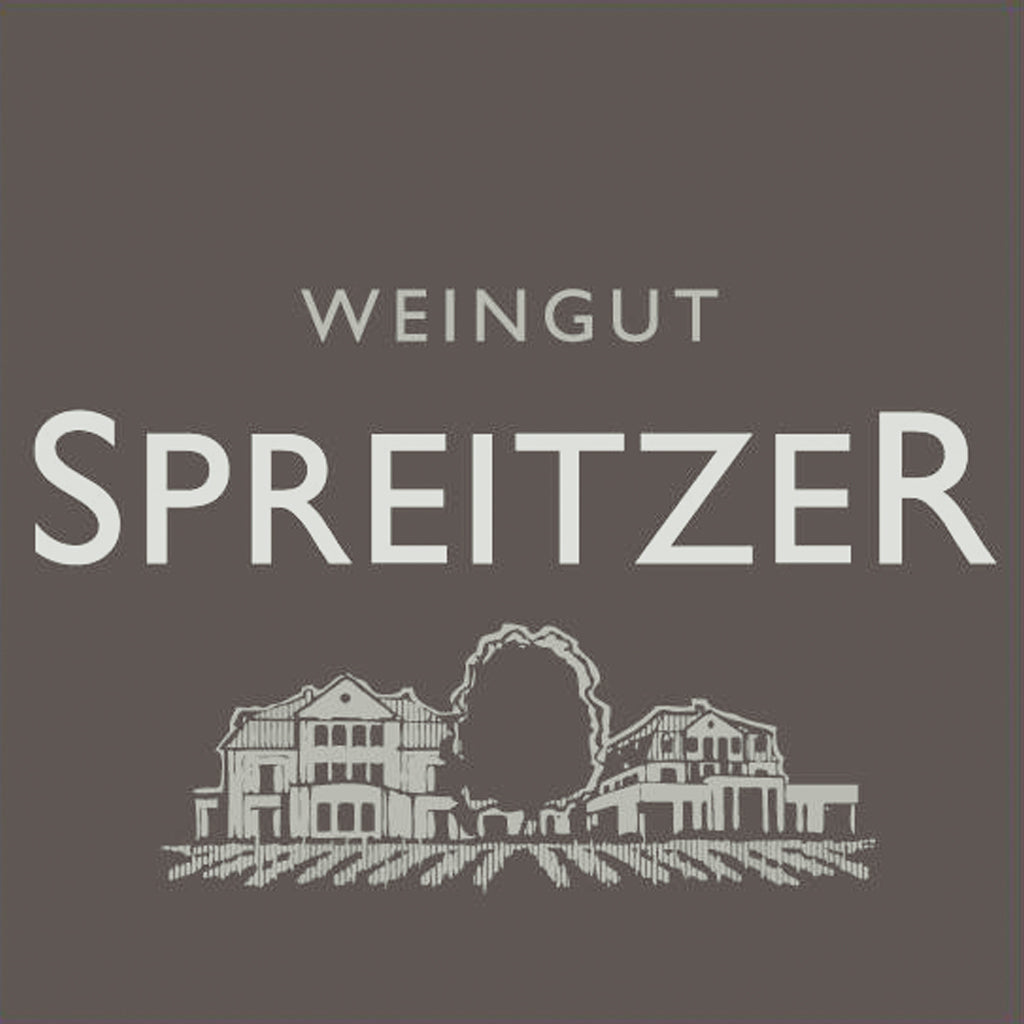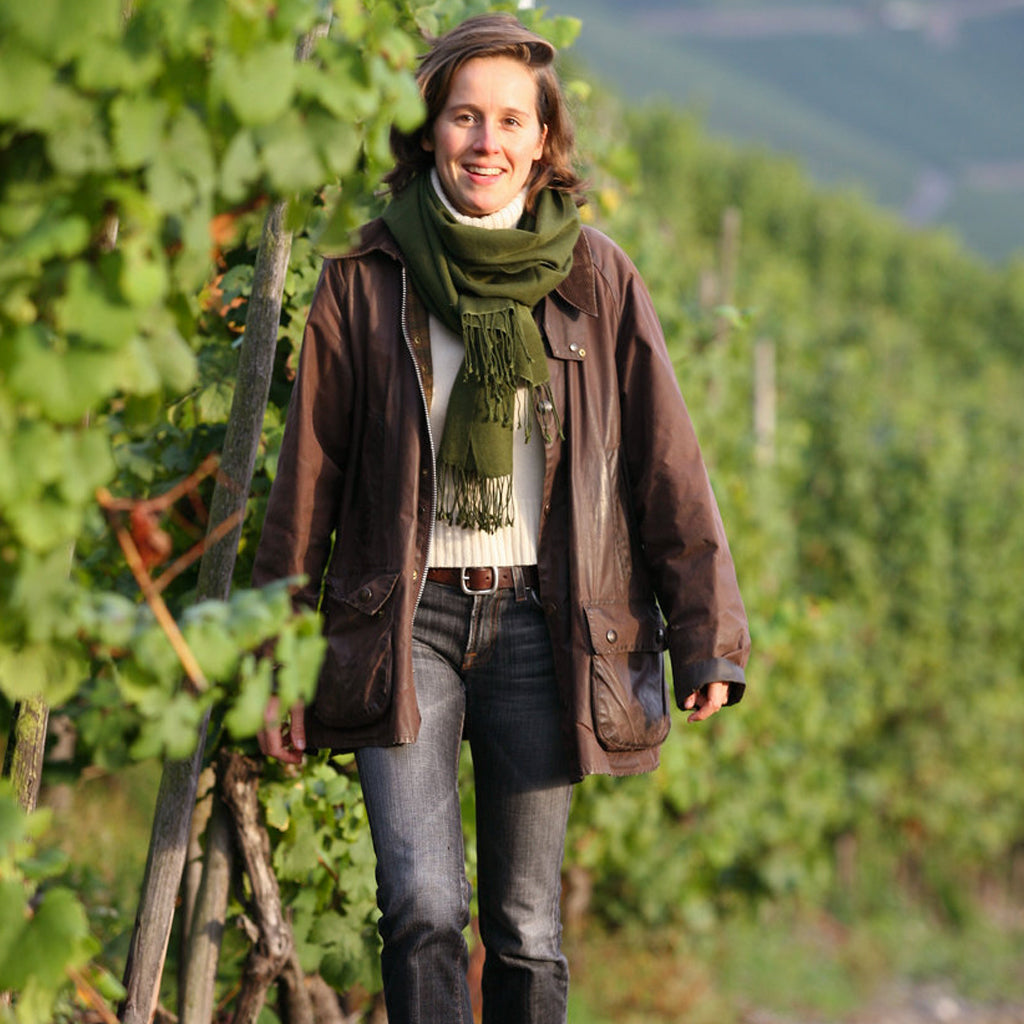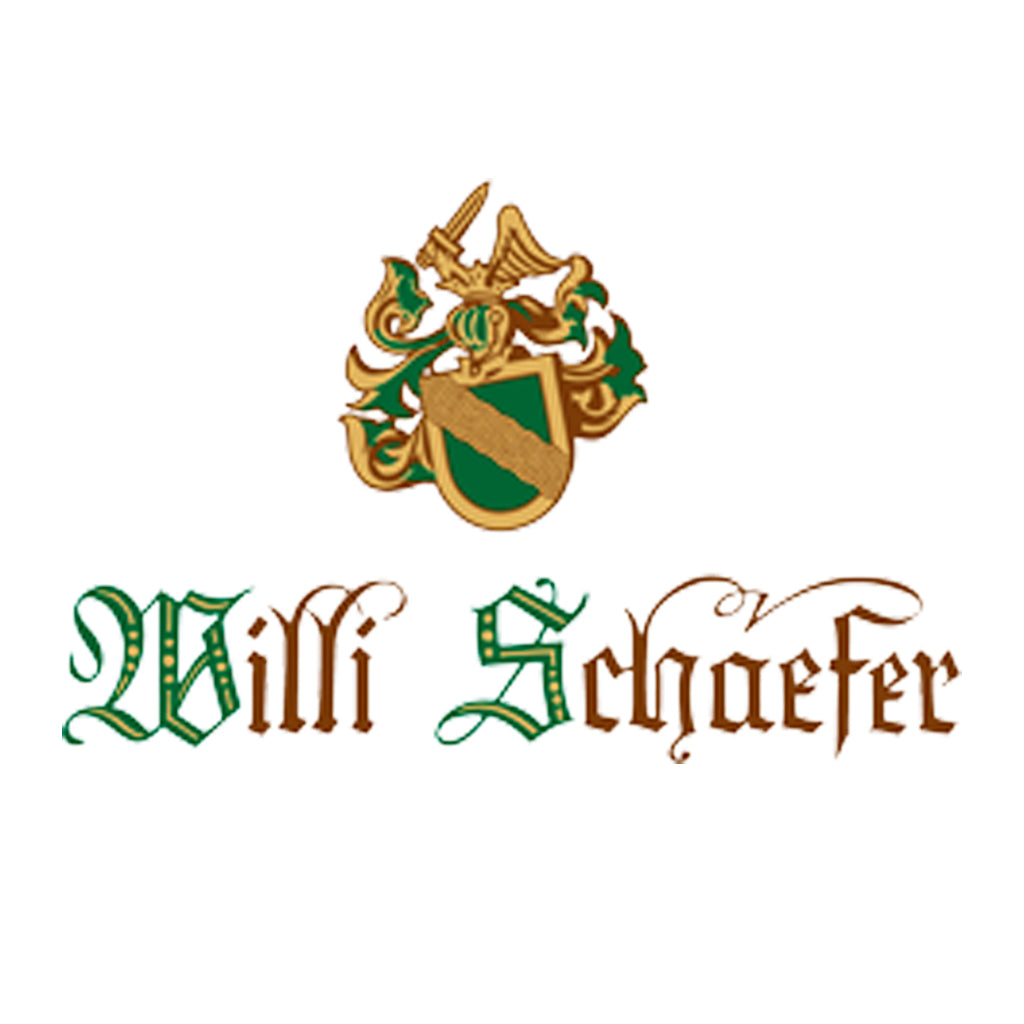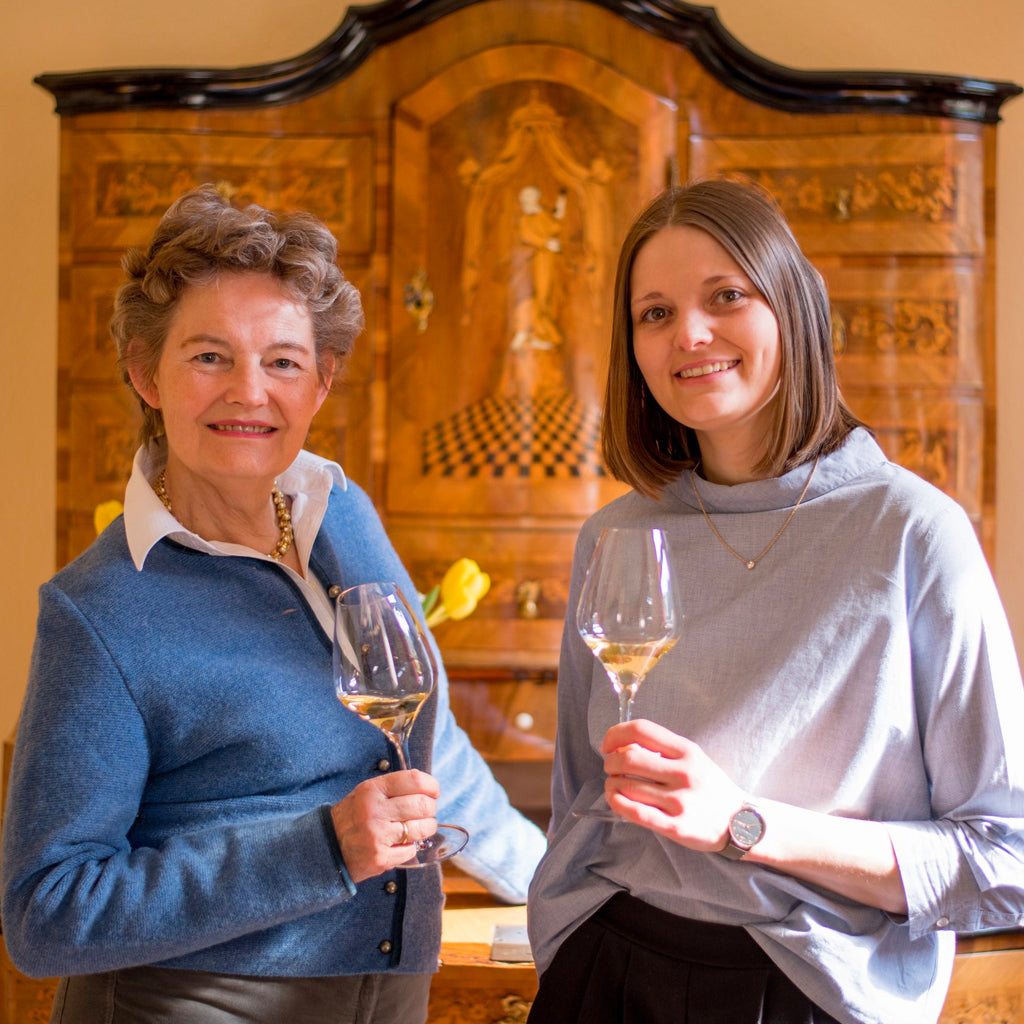GERMANY

Germany is the tenth largest wine-producer in the world and produces some of the world's greatest white wines from the Riesling grape. The country's total vineyard area is divided into 13 distinct wine regions, centred around the major rivers - the Rhine and the Mosel - and their tributaries in the southern and southwest part of the country. The continental climate with its hot summers, cold winters and long, warm autumns aid the long growing season (the harvest sometimes extends into November) resulting in wines that are more delicate and less alcoholic than those in southern wine-growing countries and perfect for the production of late-harvest wines.
The 19th century could be seen as a “golden age” of German wine, a time when wines from the Mosel and the Rhine were favourites among royalty and fetched higher prices than even Champagne and Bordeaux. However, the German wine industry lost its way in quality terms during the 20th Century, expanding plantings onto less-favourable sites and increasing yields to levels at which quality was severely compromised. Thankfully, the greatest German producers, sites and wines were never completely lost, and since the turn of the 21st century considerable efforts have been made to re-establish Germany’s former glory. Today, German vintners are introducing innovative ideas to modernise their centuries-old traditions: celebrating iconic varieties like Riesling and the Pinot Noir while experimenting with new grapes, styles, and techniques.
The steep, slaty slopes of the Mosel Valley produce the lightest, most mineral Rieslings, with firm, steely examples coming from its tributaries, the Saar and Ruwer. The south-facing slopes of the Rheingau are drier and sunnier, so the wines there are fuller. The underrated Nahe lies in between the Mosel and Rheingau both stylistically and geographically, while the large Rheinhessen region can produce firm, full and racy Rieslings. The Pfalz further south is warmer, hence its wines are richer. Warm and sunny Baden, the southernmost German region, stretches some 400km (240 miles) along the Rhine from the Bodensee (Lake Constance) to Heidelberg, taking in the Black Forest, as well as the vine-clad terraces of the Kaiserstuhl, a volcanic massif. As in neighbouring Alsace and Switzerland, Baden has a great tradition of wine and food.
Traditional wines have a degree of sweetness but there has been a move towards dry and medium-dry styles (ie trocken and halbtrocken), which made up just over 65 percent of production in 2012. In an effort to help consumers distinguish dry wines from sweet, the Association of German Prädikat Estates or Verband der Prädikatsweingüter (VDP in German), an organization of almost 200 wineries, decided to introduce a classification system. The objective was to restore the prestige of significant vineyards across Germany: Erste Lage (First Site) and Grosse Lage (Grand/Great Site) refer to the best of the best German wines, made with terroir, regionality and traditional taste criteria in mind. Wines at this level must adhere to a number of regulations, ensuring the quality of bottles bearing the name of an Erste or Grosse Lage.
If the Lage is made in a dry style, it will be classed as either Erstes Gewächs (Premier Growth) or Grosses Gewächs (Grand/Great Growth). Erstes and Grosses Gewächs are premium and super-premium dry wines produced according to strict high standards, handcrafted by Germany’s finest wine-growers. The term promises us fully-fermented, dry wines from the top vineyard sites across Germany. The wines of this exclusive category are from the finest parcels sites and are subject to even stricter production criteria. Grosses Gewächs are some of the greatest dry white wines in the world; powerful, concentrated and saturated with mineral complexity.
Our Producers
Explore Wines
From£28.00
From£14.75
From£15.00
From£16.75
£42.00
From£12.50
- ←
- →


